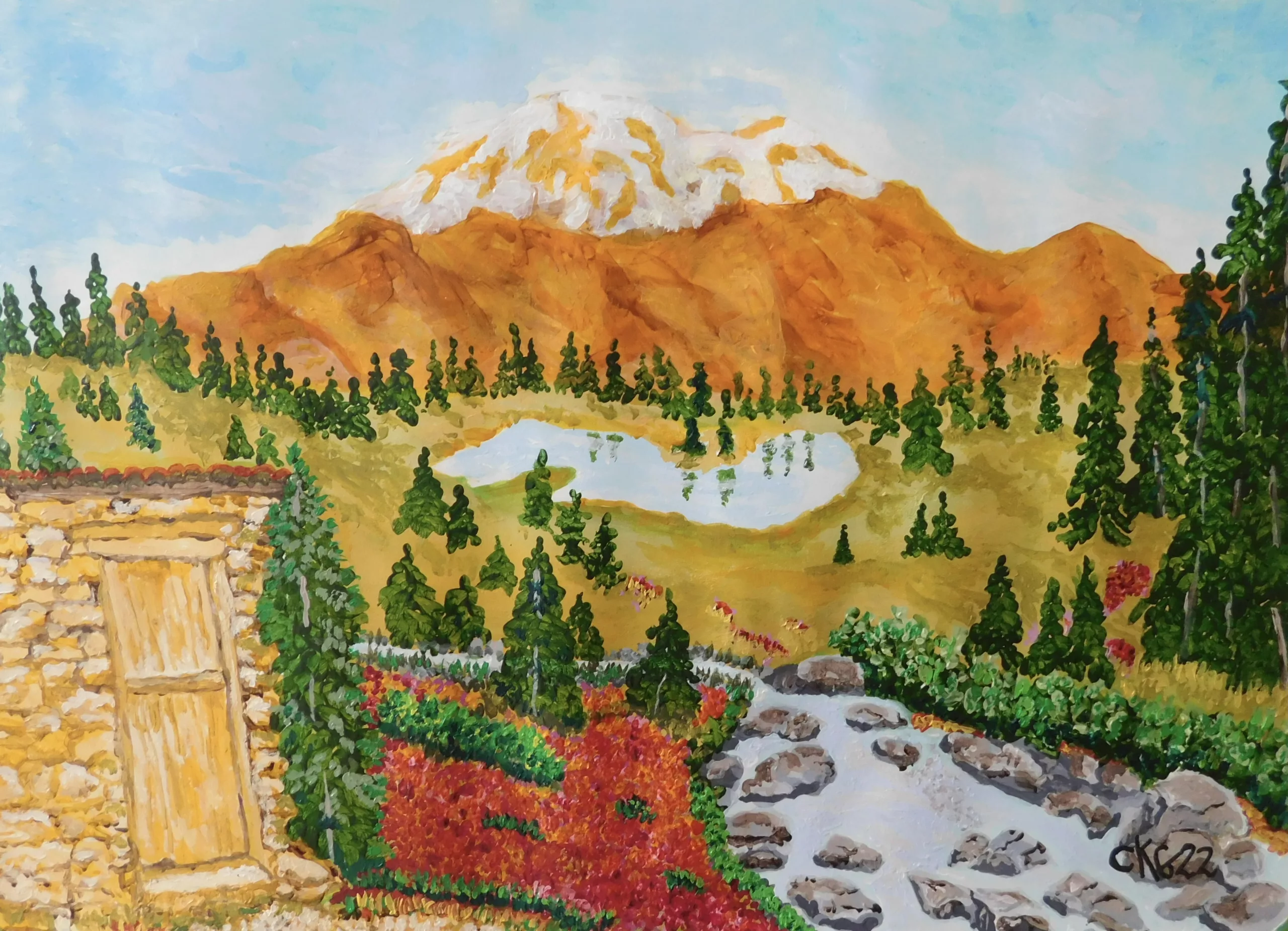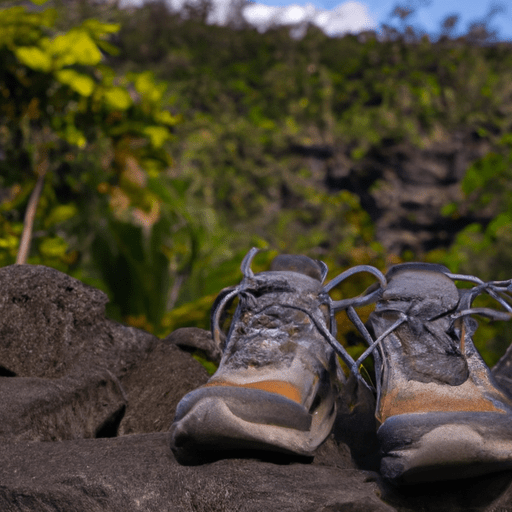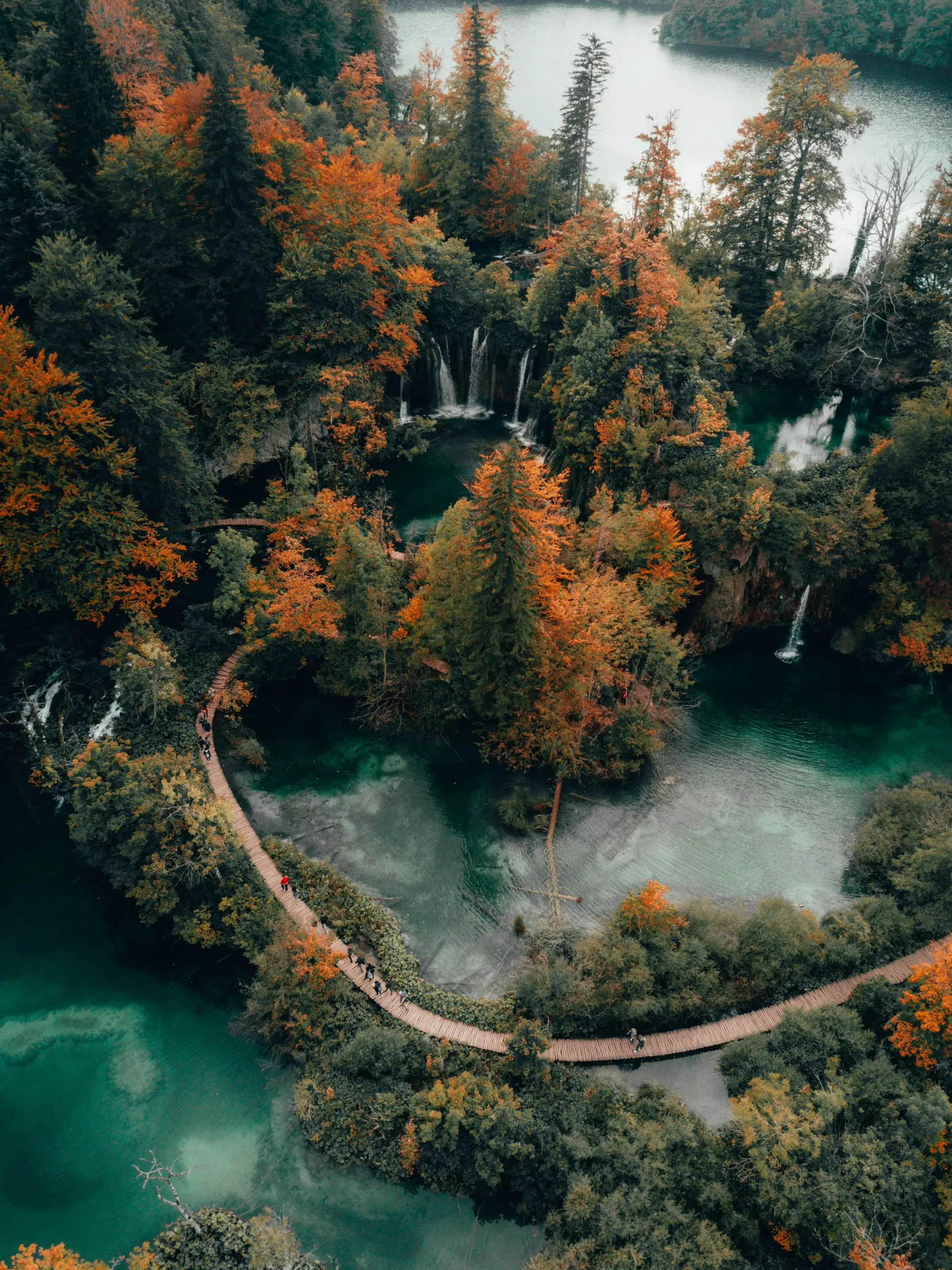Imagine yourself surrounded by nothing but nature, the sun filtering through the dense canopy of trees, the sound of birds chirping in the distance, and the fresh scent of wildflowers in the air. You feel a sense of freedom and tranquility as you embark on your hiking adventure in a rural wilderness. But what if, in the midst of your exploration, you find yourself lost, unsure of which path to take? Fret not, for this article will provide you with invaluable survival tips to ensure your safety and peace of mind while hiking in a rural area.
Understanding the Risks
Recognizing dangerous wildlife
When hiking in a rural area, it’s essential to be able to recognize dangerous wildlife that may pose a threat. Familiarize yourself with the local wildlife and learn to identify potentially harmful animals such as snakes, bears, or cougars. Pay attention to warning signs posted by park authorities, and if you encounter any wildlife, give them a wide berth and avoid disturbing them.
Hiking during different weather conditions
Weather conditions can change rapidly in rural areas, so it’s crucial to be prepared for various weather scenarios. Check weather forecasts before your hike and pack appropriate clothing and gear such as rain jackets, hats, and waterproof footwear. Be cautious of sudden temperature drops, lightning storms, or strong winds, as these can increase the risks and discomfort while hiking.
Knowing potential geographical hazards
Rural areas may present unique geographical hazards that hikers need to be aware of. These hazards can include steep slopes, loose rocks, unstable cliffs, or sudden drops in terrain. It’s essential to evaluate the trail’s difficulty level and terrain before embarking on your hike. Stay on designated trails and be cautious when navigating challenging or unfamiliar areas to minimize the risk of accidents or injuries.
Planning Your Hiking Trip
Choosing proper trail for your experience level
Selecting an appropriate trail that matches your hiking experience and fitness level is crucial for a safe and enjoyable trip. Research trails in advance and consider factors such as distance, elevation gain, terrain difficulty, and estimated time of completion. Be honest with yourself about your abilities and choose a trail that you can comfortably complete within your capabilities.
Packing necessary hiking gear
Proper packing is essential to ensure you have all the necessary gear for a safe hiking trip. Make sure to carry essential items such as a map, compass, first aid kit, headlamp, whistle, extra clothing layers, food, water, and a multi-tool. Depending on the length and nature of your hike, you may also need additional equipment such as a tent, sleeping bag, cooking supplies, or trekking poles. Prioritize lightweight and functional gear to avoid unnecessary strain while hiking.
Informing others about your hiking plans
Before heading out on your hike, it’s crucial to inform someone trustworthy about your hiking plans. Share details such as your intended starting point, trail route, estimated time of return, and emergency contact numbers. This information will be vital in case you encounter any difficulties or fail to return on time. Remember to update your contact person upon your safe return to avoid unnecessary worry.

Navigation Skills
Using a compass and map
To navigate successfully in rural areas, it’s essential to have basic compass and map reading skills. Familiarize yourself with map symbols, contour lines, and cardinal directions. Learn how to orient the map using a compass and follow trails based on landmarks and topographical features. With these skills, you can confidently navigate your way on the trail even in the absence of digital navigation aids.
Learning basic orienteering
Orienteering is a valuable skill that involves using a map and compass to navigate and find specific checkpoints or destinations. By taking the time to practice orienteering techniques, you can enhance your ability to find your way in unfamiliar terrain. It also enables you to make accurate decisions about the direction and distance you need to travel.
Using technology for navigation
While traditional navigation methods are essential, it can be beneficial to use technological aids as well. GPS devices or smartphone apps with offline maps can provide valuable assistance when hiking in rural areas. However, always carry a physical map and compass as a backup in case of technology failure or battery depletion. Technology should supplement your navigation skills, not replace them.
Hiking Basics
Maintaining hydration and nutrition
Proper hydration and nutrition are key to maintaining energy and stamina during a hiking trip in a rural area. Always carry an adequate supply of drinking water and drink regularly, especially in hot or strenuous conditions. Pack nutritious snacks and meals that are lightweight, easy to prepare, and provide a balance of carbohydrates, protein, and healthy fats. Regularly fueling your body will help prevent fatigue and keep you going throughout your hike.
Walking techniques to save energy
Efficient walking techniques can help conserve energy and minimize fatigue during long hikes. Take shorter, quicker steps, and focus on landing mid-foot to reduce strain on your joints. Use hiking poles to distribute the workload to your upper body and assist with balance and stability. Take regular breaks to rest and stretch, allowing your muscles to recover. By adopting these techniques, you can hike for longer distances with less physical strain.
Maintaining trail etiquette
Respecting trail etiquette is vital to ensure a positive hiking experience for both yourself and fellow hikers. Stay on designated trails to avoid damaging the surrounding environment. Be mindful of other hikers by yielding to uphill hikers, keeping noise levels at a considerate volume, and packing out any trash you generate. Leave nature as you found it and preserve the beauty of the wilderness for others to enjoy.

Signs of Getting Lost
Losing track of familiar landmarks
One of the first signs of getting lost is when you can no longer identify familiar landmarks or trail markers. If you find yourself in an unfamiliar area and cannot recognize significant features from your map or memory, it’s crucial to take immediate action and reassess your navigation.
Experiencing confusion or panic
Feeling confused or experiencing panic can be indicators that you are lost. It’s essential to remain calm and avoid making hasty decisions that could worsen your situation. Take deep breaths, assess your surroundings, and rely on your navigation skills to chart a way forward.
Realizing a decrease in visibility due to weather or evening twilight
Sudden changes in visibility caused by weather conditions or evening twilight can disorient even experienced hikers. If you notice a significant decrease in visibility, it’s important to take precautions, such as increasing your visibility with reflective gear or using a headlamp, and consider finding shelter or a safe spot until conditions improve.
Emergency Preparedness
First aid skills
Having basic first aid skills can make a significant difference in emergency situations. Learn how to administer basic first aid for common hiking injuries such as cuts, sprains, or blisters. Additionally, familiarize yourself with the symptoms and treatment of more severe conditions, such as heat exhaustion, hypothermia, or snake bites. Carrying a well-stocked first aid kit is essential to address any medical needs that may arise.
Knowledge of signaling for help
In case of emergency, knowing how to signal for help can be a lifesaver. Three commonly used distress signals are the internationally recognized SOS signal (three short, three long, three short whistles or flashes), building a signal fire, or using a whistle or mirror to attract attention. Prioritize learning and practicing these techniques before embarking on your hiking trip.
Having a survival kit
Preparing a well-equipped survival kit is crucial, especially when hiking in remote areas. Your survival kit should include items such as a waterproof shelter, emergency blanket, fire starter, multi-tool, extra food, water purification tablets, and a signaling device. This kit will provide essential resources if you encounter unexpected challenges or need to survive until help arrives.

Building a Survival Shelter
Improvising with surroundings
If you find yourself in an emergency situation and need shelter, it’s essential to assess your surroundings for natural materials that can be used to construct a temporary shelter. Look for branches, leaves, or rocks that can provide protection from the elements and create a secure space to rest. Be resourceful and make use of what nature offers to increase your chances of survival.
Choosing a safe location
When building a survival shelter, selecting a safe location is crucial. Avoid areas prone to flooding, rockslides, or strong winds. Look for natural features that can provide additional protection, such as caves or thick vegetation. Ensuring your shelter is in a safe location will reduce the risks associated with exposure to the elements.
Techniques in shelter building
There are various techniques for building a survival shelter, depending on the available resources and your needs. Some common shelter-building techniques include lean-to shelters, debris shelters, or using a tarp or emergency blanket. Experiment with different techniques before your hike to familiarize yourself with the process and increase your chances of successful shelter construction.
Securing Food and Water
Wildlife consumption safety
Although it is possible to find food in the wilderness, hunting and foraging for sustenance can be dangerous and should only be attempted by those with adequate knowledge and experience. It’s crucial to be aware of local regulations and restrictions regarding hunting and fishing. When foraging for edible plants, be certain of your identification skills to avoid consuming poisonous plants.
Finding and purifying water
Access to clean water is essential for survival in the wilderness. Learn how to locate water sources such as streams, rivers, or natural springs. However, always assume that any water source may be contaminated and needs to be purified before consumption. Water purification tablets, filters, or boiling methods can be used to eliminate harmful bacteria and parasites.
Techniques in hunting and foraging
If you have the necessary skills and knowledge, hunting and foraging can provide a source of food in emergency situations. Learn about local wildlife, their habits, and the techniques required to catch or harvest them safely. Familiarize yourself with edible plants in the area and practice proper foraging methods to supplement your food supplies when necessary.
Survival Fire-Making Skills
Gathering the right materials
Fire is crucial for survival in the wilderness as it provides warmth, light, and the ability to cook food. Know how to gather the right materials to start a fire, including dry tinder, kindling, and fuelwood. Look for dry leaves, twigs, or small branches as tinder and collect larger pieces of dead, dry wood for fuel.
Choosing a safe location for fire
When building a fire, it’s important to choose a safe location to minimize the risks of spreading the fire and damaging the surrounding environment. Clear any debris or flammable materials from the area, ensuring it’s far from any overhanging branches or vegetation. Use a fire ring or construct a temporary fire pit with rocks to contain the flames.
Methods of starting a fire
Being proficient in various fire-starting methods is essential for survival. Practice using techniques such as a lighter, matches, fire starter rods, or friction-based methods like the bow drill or hand drill. Having multiple fire-starting methods and including them in your survival kit will increase your chances of starting a fire, even in adverse conditions.
Dealing with Potential Threats
Visual and auditory signs of dangerous wildlife
Being able to recognize visual and auditory signs of dangerous wildlife is vital for preventing encounters and ensuring your safety. Learn to identify signs such as fresh tracks, scat, claw marks, or warning calls from other animals. If you come across signs indicating the presence of dangerous wildlife, take precautions, such as making noise or changing your route, to avoid potential encounters.
Calming techniques in the face of danger
Remaining calm in the face of danger is crucial when encountering dangerous wildlife. Avoid sudden movements, do not turn your back on the animal, and maintain eye contact without challenging or threatening it. Slowly back away, creating distance between you and the animal. Keep any protective measures, such as bear spray or a whistle, readily accessible to deter the animal if necessary.
Implementing protective measures
When hiking in areas with known dangerous wildlife, implementing protective measures can mitigate the risks of encounters. Familiarize yourself with local regulations and recommendations regarding bear spray or other deterrents. Carry noise-making devices, such as a whistle or bells, to alert wildlife of your presence and minimize surprise encounters. Respecting wildlife and their habitats is crucial for everyone’s safety.
In conclusion, hiking in a rural area offers a unique opportunity to connect with nature, but it also brings inherent risks. By understanding the potential dangers, planning meticulously, developing necessary skills, and being prepared for emergencies, you can ensure a safe and enjoyable hiking experience. Prioritize safety, respect the environment, and cherish the beauty of the wilderness while exploring rural trails.






